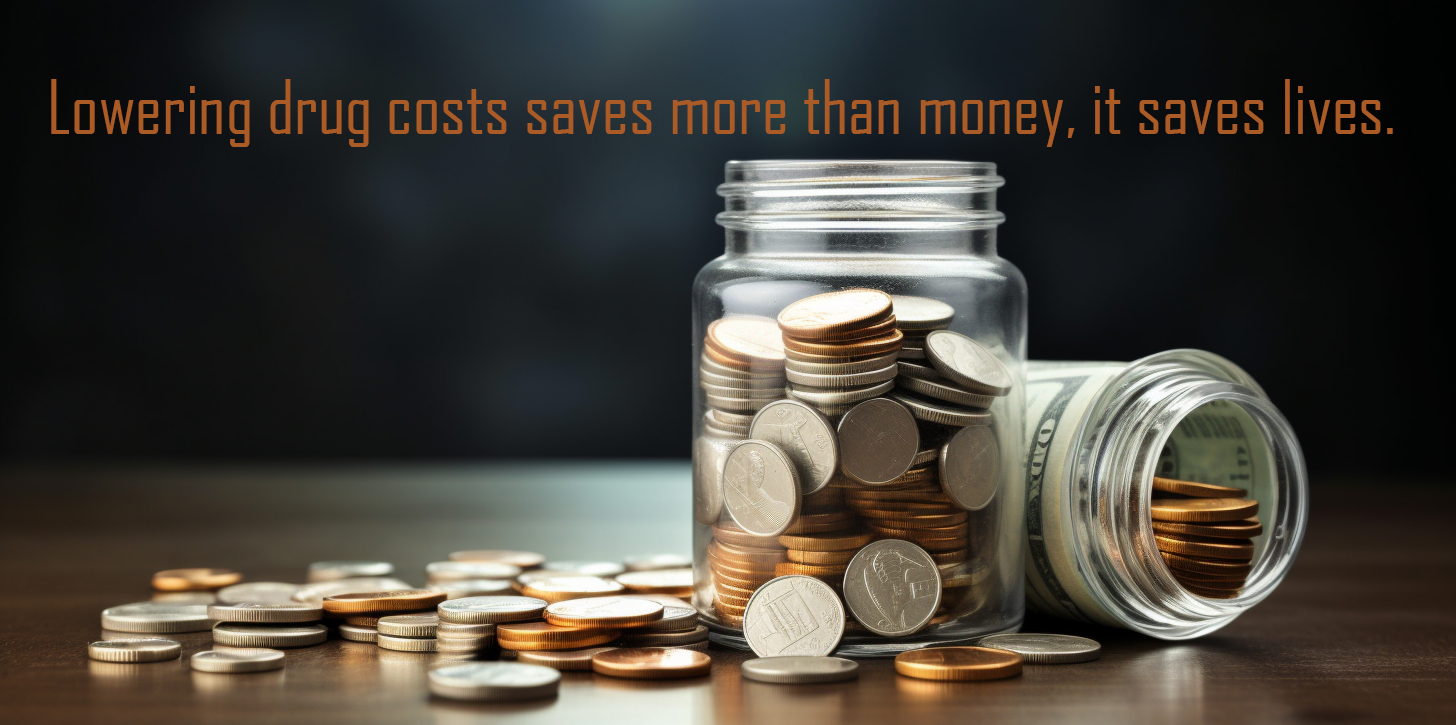The CDC recently released a study that directly ties the cost of medication with nonadherence and poorer health outcomes. The study “Characteristics of Adults Aged 18–64 Who Did Not Take Medication as Prescribed to Reduce Costs: United States, 2021” found that medication affordability is key to ensuring patients stay on their prescribed treatment plans.
The study found that 13.2% of adults (aged 18-64) reported not taking medication as prescribed due to cost. The CDC research also found the following:
- Nonadherence is directly tied to financial barriers.
- Uninsured and underinsured individuals reported higher nonadherence rates due to cost.
- Chronic conditions are more costly and are tied to medication nonadherence.
- Adverse consequences are higher for adults who do not take medication as prescribed. Skipping or reducing doses to save money worsen health outcomes and increases hospitalizations.
- Nonadherence increases overall healthcare costs.
Robert Califf, Commissioner of the U.S. Food and Drug Administration (FDA), recently expressed to the Biotechnology Innovation Organization in no uncertain terms, “I think the prices of drugs are too high in the U.S.”
Drug companies don’t agree. In response to proposed government limitations on drug prices, they launched a defense speaking against mechanisms that could limit prices on new medicines. They claim innovation will be the unintended victim of regulatory changes.
High drug costs may help innovation, but is the price worth severely affecting patients, forcing difficult choices that compromise their health? And, at a macro level, high drug costs strain the healthcare system, impacting payors and self-funded employers.
Medication nonadherence due to cost is a complex issue that is difficult to solve. Commissioner Califf emphasizes evidenced-based pricing and more transparency within the pharmaceutical industry. He argues that by bolstering the quality and quantity of evidence in drug performance, stakeholders building formularies can make more judicious choices about the value of various treatments.
Beyond government intervention, other strategies are also needed to connect the dots for patients. The CDC study recommended that healthcare providers and insurers work together to reduce medication costs and improve affordability. RazorMetrics does this exact thing.
As the only physician-driven drug cost solution, we cracked the code to engage healthcare professionals to help facilitate conversations with their patients about lower-cost medication alternatives, decreasing the impact of polypharmacy, and availability of financial assistance through discounts and coupons. Physicians are uniquely positioned to help patients make informed decisions and navigate cost-related barriers.
The CDC study sheds light on the significant correlation between medicine adherence rates and affordability. Soaring drug prices have dire implications, but RazorMetrics reverses this trend by making physicians a partner and improving prescribing behavior. RazorMetrics can decrease pharmacy costs by up to 10% for payors, employers, and unions by maximizing the performance of their formulary and bringing new cost-saving opportunities directly to patients.




